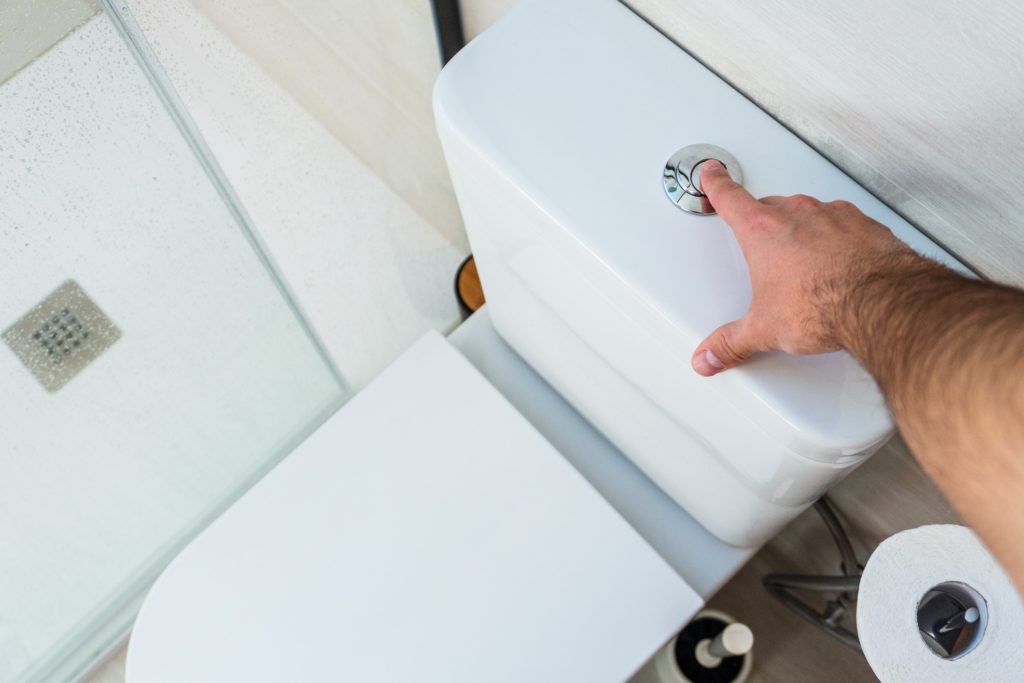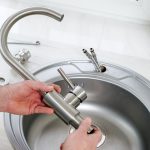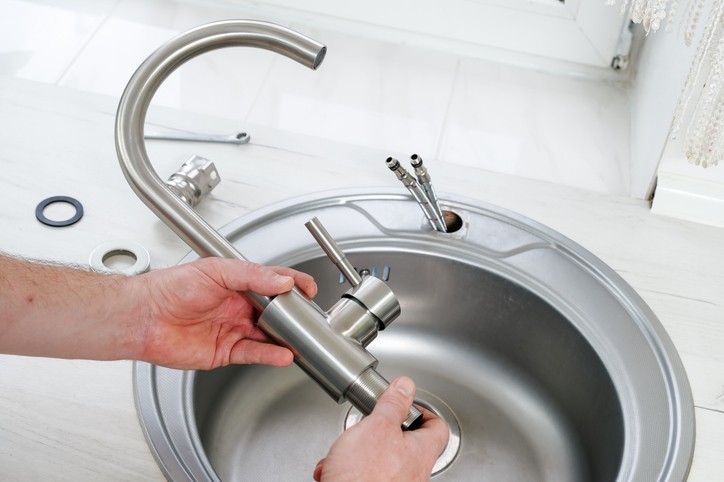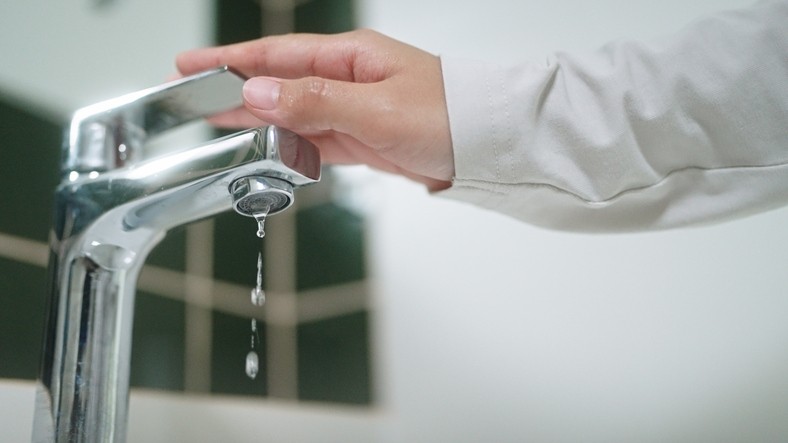You know the old saying: “They don’t make ‘em like they used to?” Well, when it comes to plumbing, we say “thank goodness!.” That’s because today’s plumbing fixtures are more functional, water-efficient, and stylish than ever. Today, we focus on the workhorse of the bathroom – the toilet. If yours is on the older side, it’s wasting gallons of water per flush. According to the Environmental Protection Agency, all toilets combined account for about 4.8 billion gallons of water each day – stunning! And yet that number can be reduced drastically.

Conventional vs. Low Flow
If your bathroom is equipped with pre-1980 fixtures, you could be wasting about 7 gallons of water with each flush. Next-level models got that down to 3.5 and 5 gallons per flush (gpf). While that was quite an improvement, today’s water-efficient low-flush models use just a maximum of 1.6 gallons per flush.
Cost Savings
Simply put, the less water your household consumes, the lower your water bill. How much can you save by going low-flow? That depends on the age of your existing toilet. According to the EPA, replacing an older 3.5 gpf toilet with a low-flow model can save you approximately $110 per year. If your toilet is at the 7 gpf level, the savings are doubled. The more toilets you have, the greater the savings.
Types of Low-Flow Toilets
- High-Efficiency Toilets. A high-efficiency toilet (HET) uses 20 percent less water than the standard 1.6 gallons of a low-flow toilet. Some municipalities offer incentives for upgrading to an HET which can help offset the cost of installation.
- Low-Flow Single Flush. A more affordable option than a high-efficiency toilet, a low-flow single flush model uses just 1.6 gallons per flush compared to the standard 3.5 gallons of older toilets.
- Dual Flush. As the name implies, a dual flush toilet offers two flush options – one for solid waste (1.6 gpf), and one for liquid waste that uses just 0.8 gpf. The trade off is that these toilets have a higher upfront cost and require a little getting used to.
- Pressure Assisted. Once available only for commercial use, pressure assisted toilets are now making their way into homes. They feature a sealed tank that pressurizes the water inside it, thus forcefully expelling the water with each flush. The result is a powerful flush that uses about 1.2 gpf.
Is Low-Flow Right for Me?
Replacing a standard toiler with a low-flow model is an excellent way to reduce water consumption. Contact Norhio Plumbing today and we’ll help you decide which option to select, including upfront cost vs. expected water bill savings. No matter which option you choose, you’ll be contributing to natural resource preservation.










Leave a Reply